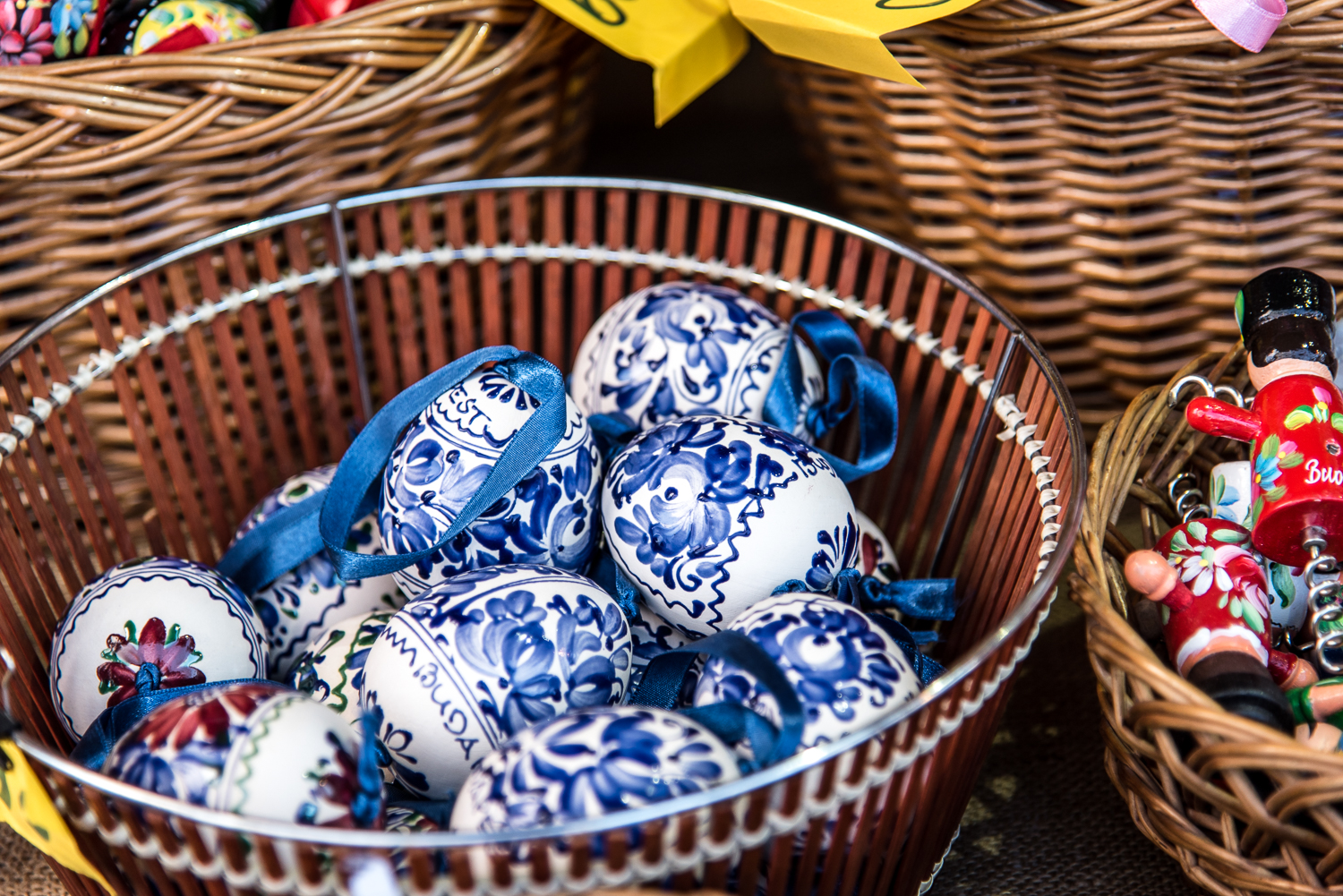A hidden corner of the Festival Republic contains a one-of-a-kind site with a polygonal wooden barn in the spotlight, where folk-music tunes intermingle with vivid chuckles of a happy crowd, creating a strikingly time-transcending ambience amid the electronica-infused jamboree. The Hungaricum Village is where traditions come alive through various dance forms and music shows to spread centuries-old Hungarian customs across and beyond the festival grounds, and celebrate the country’s rich heritage with whirls and twirls throughout the day and into the late-night hours.

In forms originating from southern Hungary to Transylvania to Gypsy communities, numerous types of traditional Magyar performances fill this humble timber shack, showcasing various legacies on stage to introduce them to the worldly festival crowd. Regional music instruments like the plucked-string lute, the flute, and the iconic hurdy-gurdy combine to bring the beat for these spectacular dance shows, where performers parade in customary outfits embroidered with colorful floral patterns. In the hub of the attraction, soft whites flit with vibrant reds and greens, while wide-pleated skirts billow with every twirl to forming a distinct shape when the women whirl. The plain leather boots worn by male dancers boost the rhythm as they become a percussion instrument, as dancers hit the inside top part to create loud snapping sounds. All of this is accompanied by earsplitting whooping and exuberance to create a jaw-dropping experience.The playful workshops and folklore installations around the barn add to the frisky local flavor of the scene, forming a distinct islet within the Island of Freedom. "Szitizens" can watch the world go by from oversized fixtures, listen to the sounds of the chirping musicians, or participate in various activities throughout the day, mastering some intriguing folk-art techniques.
Beside all this, a collection of traditional attractions entertain visitors, such as wobbly stilt walking and other agility-focused acts – and if it’s not only our cultural appetite that we want to quench, several Hungarian-food stands are here to provide an assortment of regional delicacies.
The real fun of the Hungaricum Village starts when the sun sets below the horizon and open dance instructions create an unmatched scene on the festival grounds, welcoming anyone to join the Magyar motion. As the class leader kicks off each lesson with the first dance steps, peering “Szitizens” gather around, watching the action from a safe distance. The air starts sparkling when two brave souls jump on the dance floor to master the rhythmic steps, slowly filling the barn with life. As the music gets louder and louder, the dancers’ shoes hit the floor with increasing intensity, and people who unsuspectingly roamed around the area just minutes before are now joining the rhythmic crowd, creating a mind-boggling party scene where folks of different nations unite. Herds of dancers glorify the Hungarian folk traditions, rocking the shack’s lumber walls shirtless or in fancy costumes, launching a timelessly high-spirited jamboree within the Festival Republic.
Daily program schedule at the Hungaricum Village:
1pm - 2:30pm: Folk dance classes 2pm - 7pm: Traditional games and workshops 5pm - 7pm: Dance shows featuring spectacular outfits in the Hungaricum village and across Sziget 11pm -
3am:
Nighttime dance house instructions accompanied by a vast party




